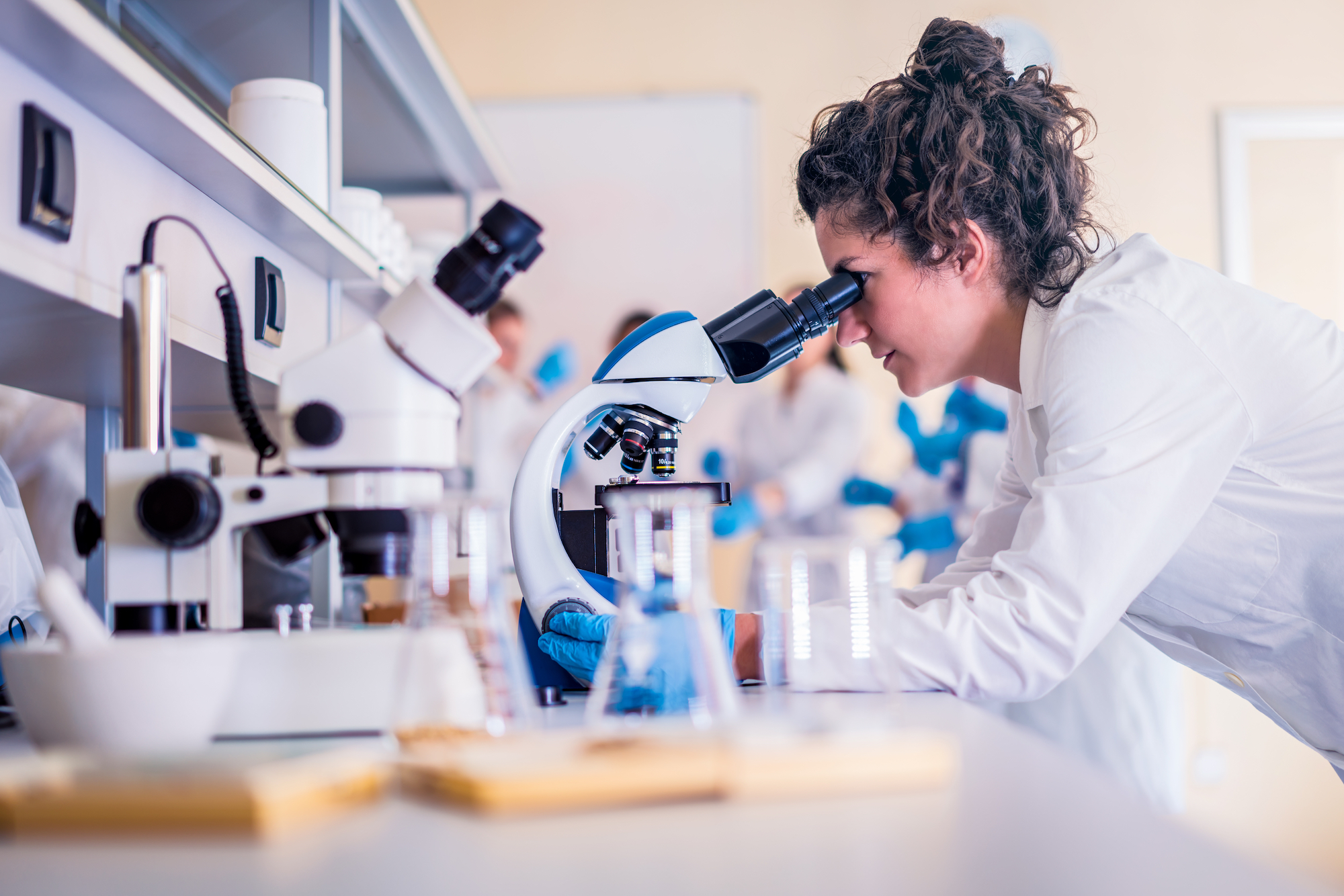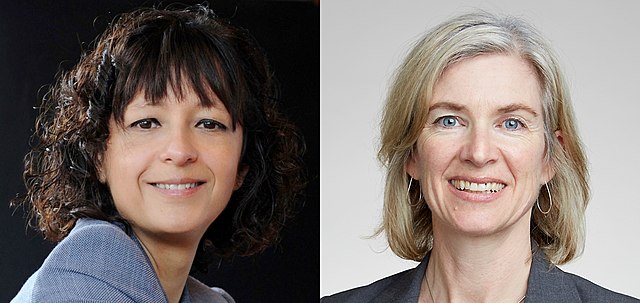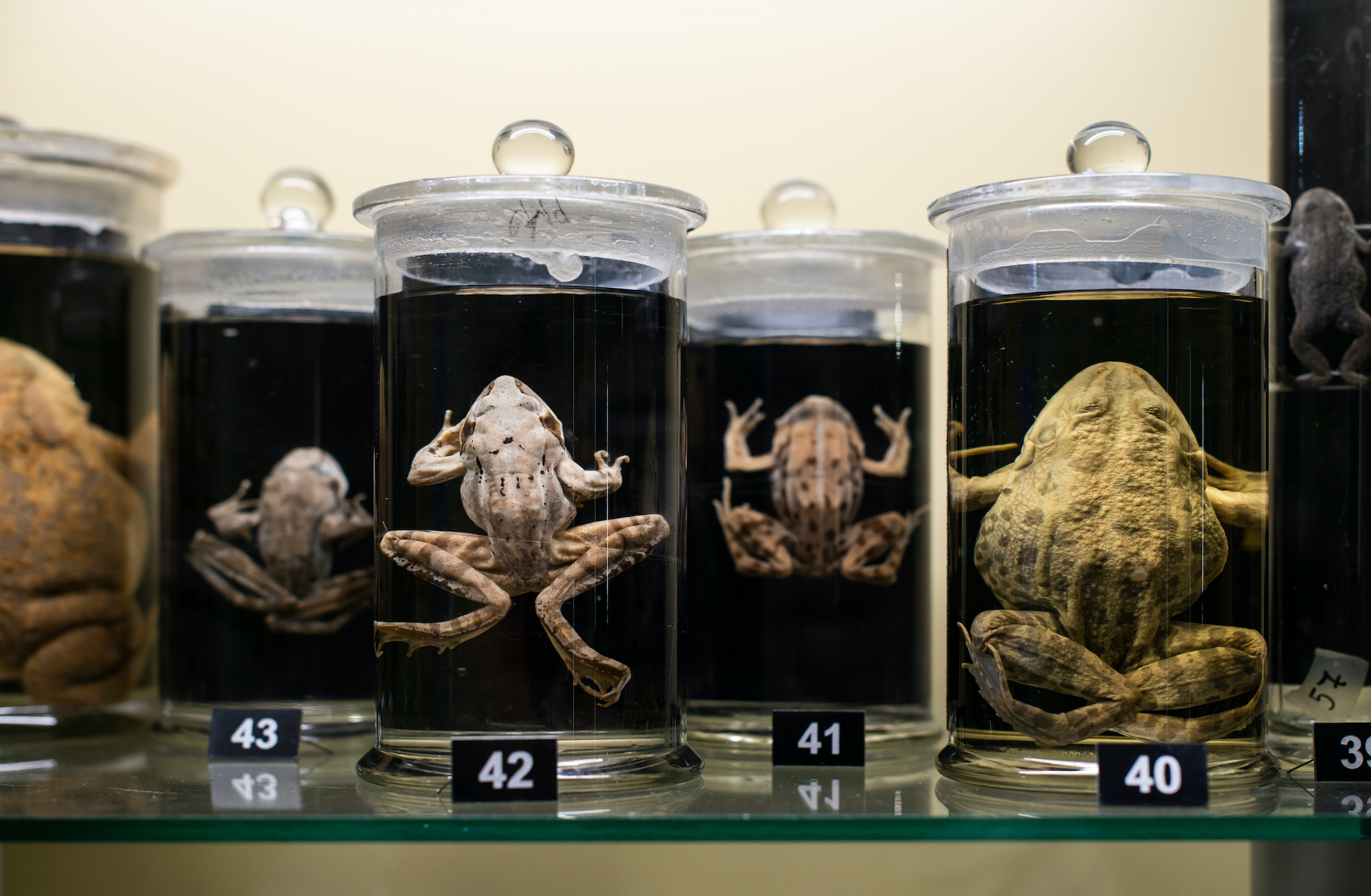The frogs can lay around 10,000 eggs at once. Then, by using sperm from the male, you can obtain in vitro the fertilisation of these eggs. After that, you can look at them, and you see that these eggs, which have all the material that is needed to divide, go on to have 12 synchronous divisions every 30 minutes. You can see them going from one cell to this bowl of cells. Then you see movement with the gastrulation, where you have internalisation of some of the cells, and then they elongate, and they form the neurula. And you can see all this up to the time where they form this little tadpole. After that, they metamorphose. And this is simply amazing.
Science without borders: Sharing a passion for discovery
Professor of Molecular Biology
- There are many women in science, but there are fewer women in roles with higher responsibility. Although the situation is improving, we need to pay attention to unconscious bias.
- Mentorship and networking are key for scientists to learn from each other and make progress.
- Conveying a passion for science is about sharing the excitement, pleasure, curiosity and potential you see.
Women in science
How can one convey and transmit passion for science? I think it’s because you have it in the first place. It has to be natural, and it happens through sharing. It’s sharing the pleasure, sharing the excitement, sharing the potential that you can see and sharing your curiosity. It’s beautiful.
In terms of the role of women, there are many women in science, but it depends at which level. If you look in particular at life science, there’s a number of PhD students. But when it comes to higher levels of responsibility, the higher you go, the fewer women you find.
My hope is that it’s a matter of generations, because this is improving. We do see more young principal investigators, so young group leaders are becoming more engaged with more women at these levels. And I hope that will increase. But we live in a society with history, and we need to think about that. There are images that are still anchored in the minds of people that do not necessarily see women as being able to take on certain roles. And this is more in terms of unconscious bias.
How unconscious bias affects us
I don’t think that anybody today would dare say, ‘I think women cannot do that’. Of course, they would say they can. But then, when people have to go through selection processes, there are these little things. We have to bear in mind that we have these biases, men and women both. And we need to be better trained to pay attention to these issues.
In recruitment procedures, there are now certain tools to help people to be more conscious, to take more time, because sometimes you go with what you think is your gut feeling. But this gut feeling is strongly influenced by the way you have grown up and by social factors. These decisions may be less rational than if you took the time to look carefully at each parameter that is critical to fulfilling a particular job. But things are improving.

Young scientist. By Vladimir Borovic.
Achievements of women scientists
It’s not like women are better than men, or vice versa. You can find equally in both cases people that can come up with great ideas and great discoveries. What is important is to give credit equally to different people. Over time, there has certainly been a tendency to position women as the assistant rather than the one that was doing the job. This even happened in the way scientists were signing papers. It was in people’s heads. That is changing.
There are great women that have done fantastic things in science. Marie Curie, for sure, but very recently with CRISPR-Cas9 discoveries, we have seen the emergence of colleagues whom I admire deeply like Emmanuelle Charpentier and Jennifer Doudna. These are great examples to inspire young women.
There are scientists like Mary Lyon, who discovered X-chromosome inactivation, or Barbara McClintock, who discovered transposable elements, and many, many others. There’s Elizabeth Blackburn, who received the Nobel Prize for her discovery of telomerase. She spent a sabbatical at the Institut Curie, and it was great to have her talking to the young people here so they could realise there’s absolutely no problem for great women to make their way in science.

Emmanuelle Charpentier and Jennifer Doudna, awardees of the 2020 Nobel Prize in Chemistry. Wikimedia Commons. Public Domain.
Why mentorship matters
The issue of mentoring is a very important one, because in science you are learning and you are training people at the same time. You have PhD students or postdoctoral researchers around you, and they learn from you, and you learn from them. It’s important to find the right balance to let them develop and to help them to be more confident.
In many cases, you have people that don’t believe they can do things, and you need to find a way to push them, or to be like a gardener that waters the plant to help it grow. And sometimes it’s not much. It’s just to be there as a reflection. They can express their difficulties. Often, when you tell someone your difficulties, you yourself find the solution. But you need to talk to someone. It’s important to be this person that listens and that is also able to give this extra push for them to just go for it.
Networking and scientific progress
There’s so much we can do better by learning from others that have already experienced or developed tools that you don’t want to reinvent on your own. Knowing who are the right people to talk to at the right time to progress with your question is extremely useful. From early on, if you avoid being isolated and connect with the right people, it is really good. It can also help you to better grasp how the questions that you want to address can be developed.
In the context of my own experience, the European environment was very stimulating because we had opportunities to create a network for training. I started as a young principal investigator myself to be part of such a network. It was extremely stimulating, because I had colleagues to whom I could talk in an open and simple way about the issues that we faced. People from my lab could talk to people from their lab. So it was easy to develop that channel, and then we made it bigger.
In the end, a whole community has been established in Europe around what we call epigenesis. These people know each other, and they help the younger ones by encouraging them, exchanging material and directing students to their labs. It’s very, very helpful. We move forward much faster that way.
The magic of cell division
When I started working in the lab of Marcel Méchali as a PhD student with the Xenopus system, one thing I found absolutely fascinating was following the cell divisions under the microscope, after fertilisation of the egg. It was just fascinating to see the cell dividing – life before your eyes. This is still magic for me. Each time I see it, I just can’t believe it happens.
The development of the amphibian occurs outside the body, so it’s easy to see under the microscope. You start with the egg that has been laid by the frog. You stimulate the frogs by injecting them with hormones the day before, a simple injection of chorionic gonadotropin, and the frog will lay eggs the next day. This initially came from a test to tell people whether women were pregnant or not. You would inject urine into the frog, and if the frog laid eggs, then you could tell that the person is pregnant. That was how these frogs were brought into the lab.

Frogs in glass containers preserved and conserved in formalin. By Degimages.
Discover more about
a passion for science
Simeonova, I., & Almouzni, G. (2019). Dynamic Histone H3 Incorporation Fuels Metastatic Progression. Trends in Molecular Medicine, 25(11), 933–935.
Sitbon, D., Boyarchuk, E., Dingli, F., et al. (2020). Histone variant H3.3 residue S31 is essential for Xenopus gastrulation regardless of the deposition pathway. Nature Communications, 11, 1256.